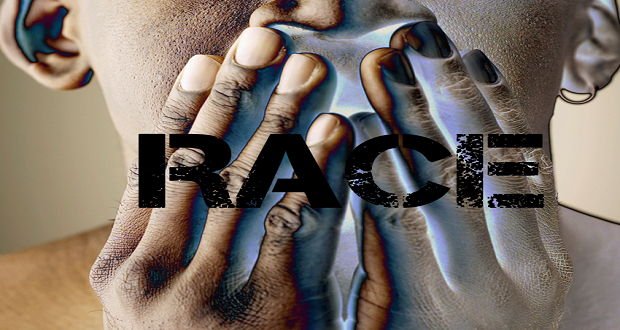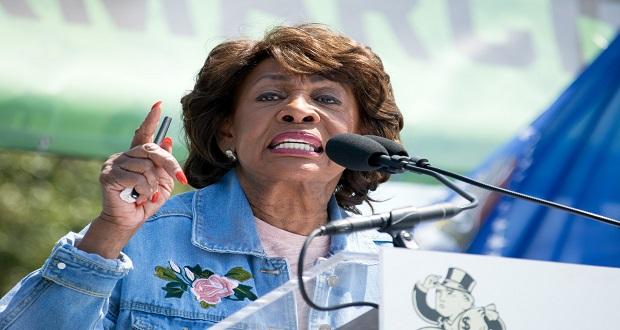Is the diversity executive role just performative?
Joseph B. Hill was on cloud nine, ready to start his new role as Vice President, Chief Equity, Diversity and Inclusion Officer at Memorial Hermann Health System in Houston. His high was quickly brought down, however, when he received a two-sentence email rescinding his job offer, just four days before he was set to start. The note, from Memorial Hermann’s Vice President of Human Resources, read: “We regret to inform you that we are rescinding the offer of employment dated July 21, 2021. …We appreciate your interest in the position and wish you much success going forward.” Imagine the shock, confusion and dismay that Hill felt upon receiving this information.
Upon further investigation by Hill’s lawyer, it was uncovered that, among other trite and senseless rationale, like Hill wanting a larger relocation budget and renting and charging a luxury rental to the company (untrue), the most astounding was that he was “too sensitive on race issues.” Forgive me, but wouldn’t you want your diversity executive to be sensitive to issues of race? Why were they hiring for this role to begin with if they were not ready to delve into conversations around topics of race? How serious are they about issues of diversity, equity and inclusion – which includes issues of race?
This case puts a spotlight on how many organizations view filling the diversity executive role as just a check the box, performative gesture – because “everyone else is doing it.” The murder of George Floyd in 2020 and the surge of organizations avowing to focus on DEI and become anti-racist led to a rise in diversity executive roles. According to research from executive recruiting firm Russel Reynolds Associates, new hires of diversity chiefs in the Standard & Poor’s 500 index jumped as many as a dozen monthly after the murder of George Floyd and the mass protests calling for racial equity. This is almost triple the rate of the 16 months prior.
“[C]ompanies started plucking individuals from other jobs — marketing or sales or operations — and because they were a person of color, it was like, ‘Hey, you’re the D&I officer,’” Kevin Clayton, the Vice President of Diversity, Inclusion and Community Engagement for the Cleveland Cavaliers said. “So they put people in these positions with no experience in DEI and call them diversity officers. And they give them no resources. And it’s almost like, ‘OK. We have one. Let’s check that box.’” Risky business.
At The Winters Group, we often work hand in hand with diversity executives and I can attest to high turnover within this role. Many times, these executives are given unrealistic expectations, inadequate resources and minimal support needed to perform their function. This often leads to burnout and them departing the organization to find a new role, where the cycle starts over again. It’s not unusual for us to be reintroduced to a new diversity lead within a year, or to have someone we worked with at one organization now reaching out to us from another where they recently joined. Risky business.
Diversity executives are often given unrealistic expectations, inadequate resources and minimal support needed to perform their function. This will lead to burnout. Share on XIt is risky business for an organization to not have a key function dedicated to diversity, equity and inclusion. Further, if there is a role, it’s risky to not provide the resources and support needed to achieve their goals. We often speak with organizations that come with a long list of what they want to accomplish with a budget that does not match.
It is risky business for an organization to not have a key function dedicated to diversity, equity and inclusion. Further, if there is a role, it’s risky to not provide the resources and support needed to achieve their goals. Share on XMany times the diversity function is buried several layers down within the organization. This role should have a direct line report to the CEO. If you have read our work for some time, or been engaged with us as a client, you know we believe that diversity, equity, inclusion and justice should be embedded into every fiber of the organization…the DNA, if you will. This cannot be done if the diversity function is not at the level of all of the other business function executives within the organization.
Many times the diversity function is buried several layers down within the org. This role should have a direct line report to the CEO. Diversity, equity, inclusion and justice should be embedded into every fiber of the org. Share on XThe role is also risky because of the pressure and burden that diversity officers face. They risk not only their careers but their health and well-being. When someone is tapped for this role without the requisite experience other than race or ethnicity, it creates a great deal of stress and if they don’t succeed, it could lead to dire career consequences including termination. Even with needed skills, often, they have to “walk on eggshells” as the saying goes, so as not to disrupt dominant group (white) comfort and the status quo. This is the case of Joseph B. Hill, who was terminated before he even started the role. Think about the emotional toll it is taking on him as his life has been totally disrupted. There are many others who have negative experiences in the role that do not make the news.
My advice to those who may be considering a diversity officer role: weigh the risks. Are you really going to have the support you need to succeed? My advice to those who are in the role: make your health and well-being your number one priority. Make sure you have a support system and a safety net. We at The Winters Group are here to support you. Reach out. I invite you to join our complimentary virtual learning lab on November 17 where we will continue to explore shared risk, resistance and collective power as we continue the struggle for equity and justice. Visit our site here for more information.
My advice to those considering a diversity officer role: weigh the risks. Are you really going to have the support you need to succeed? For those already in the role: make your health and well-being your number one priority. Share on X



















